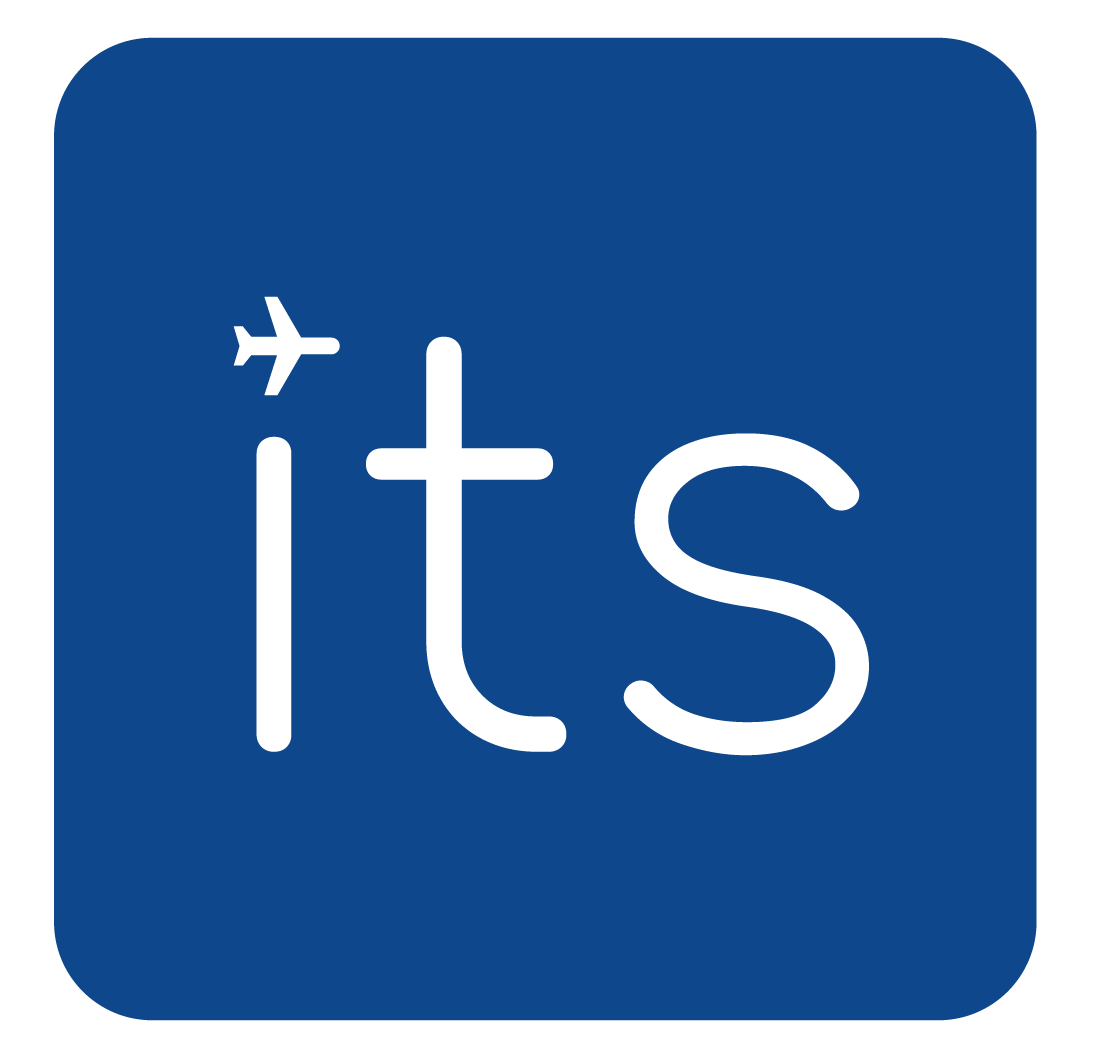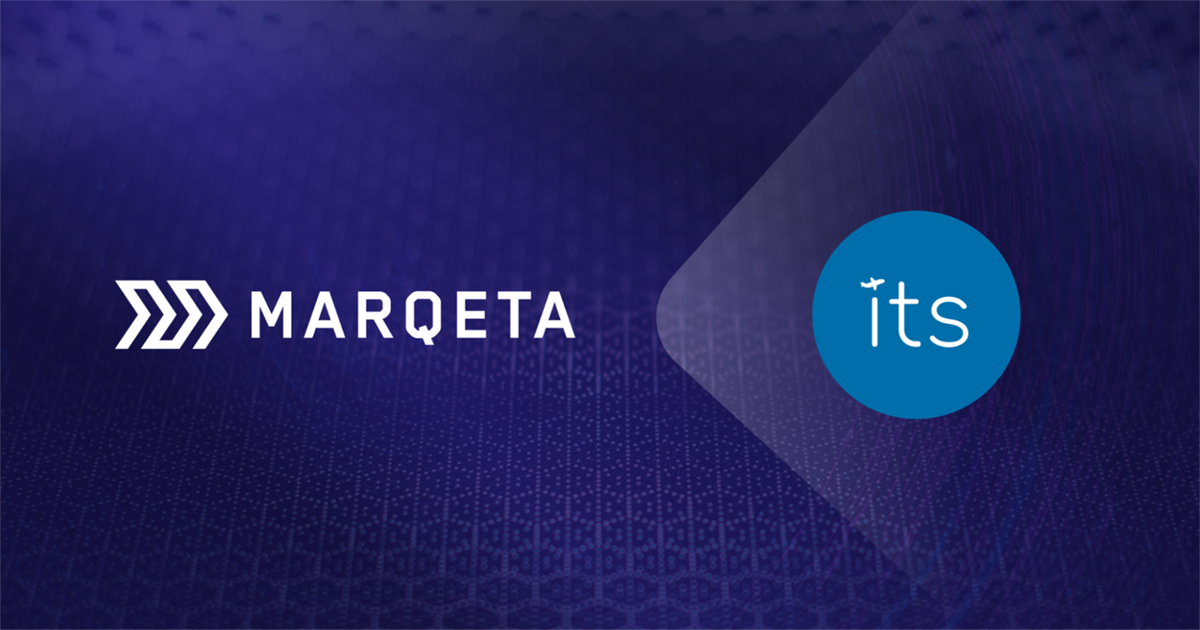New Distribution Capability (NDC) is forcing change that has impacted the entire travel industry, so…you might be asking, what is it? For historical context, this standard morphed out of a desire to push technology capabilities within the airline distribution ecosystem and initially evolved from airlines creating their Direct Connect initiatives. This hidden world of airline distribution, pricing strategy, and operations has been active behind the scenes for decades. Few of us had insight or showed any interest in the proceedings, outside of airline Revenue Management and Distribution Strategy departments, Global Distribution Systems (GDS), Travel Management Companies (TMC), and Online Travel Agencies (OTA).
The historic airline fare distribution process (pre-NDC) involves filing “changes” via ATPCO. This third-party organization, owned by major North American airlines, operates as a clearing house and in turn publishes fare updates to each GDS several specified times each day. These fares’ technology and messaging structure are defined by a standard called EDIFACT, which stands for Electronic Data Interchange for Administration, Commerce, and Transport. EDIFACT was developed with the United Nations, becoming an ISO standard in 1987. Over time, the adopted standard has been seen by some as a limiting factor for airfare data, not as structured as it could have been, and has required interpretation and additional processing with each new fare filing, several times a day.
In the early to mid-2000s, airlines were eager to save distribution costs and find a way to avoid annual fee increases levied by the GDS. The GDSs, in turn, were slow to adopt the NDC standard since it was perceived as a tactic to control their pricing strategy. This impacted downline agency adoption and the overall willingness of GDSs to add NDC innovation and capabilities.
Merchandising, bundling of more complex and complete offers, and airline control of the NDC Offer concept slowly advanced the NDC standard, in part because of the need to move past the limitations of the EDIFACT standard. Accelya was one of the first companies to adopt NDC and has continued to develop and enhance its NDC capabilities since working closely with the IATA standard at inception in 2012. Amadeus, Travelport and Sabre then followed suit.
For all GDSs today, the NDC path leverages much of the core structures associated with EDIFACT transactions, however, shopping is now in an offer format where the booking converts the Offer to an Order creation. Offers must be created by the airline making the offer and each offer has an independent time limit before it “expires.” Each offer must then be converted into an Order which must also be approved by the airline. If this sounds like a lot of new control for the airline, you have a good understanding of the NDC process.
One area that individual airline control exposes is perhaps “less” traditional coordination provided by the GDS. All GDSs are working on more ways to solve coordination challenges but new challenges exist. For example, NDC passenger name records (PNRs), etc., are not currently mixed with non-NDC segments in the same PNR. However, we hope the selling sources will soon offer a combined solution. Whether this comes to fruition via each GDS or not, ITS is positioned to do so.
Be sure to check back with the ITS blog, as we’ll be sharing additional insights and information on the ins and outs of NDC and its impacts to the travel landscape.













